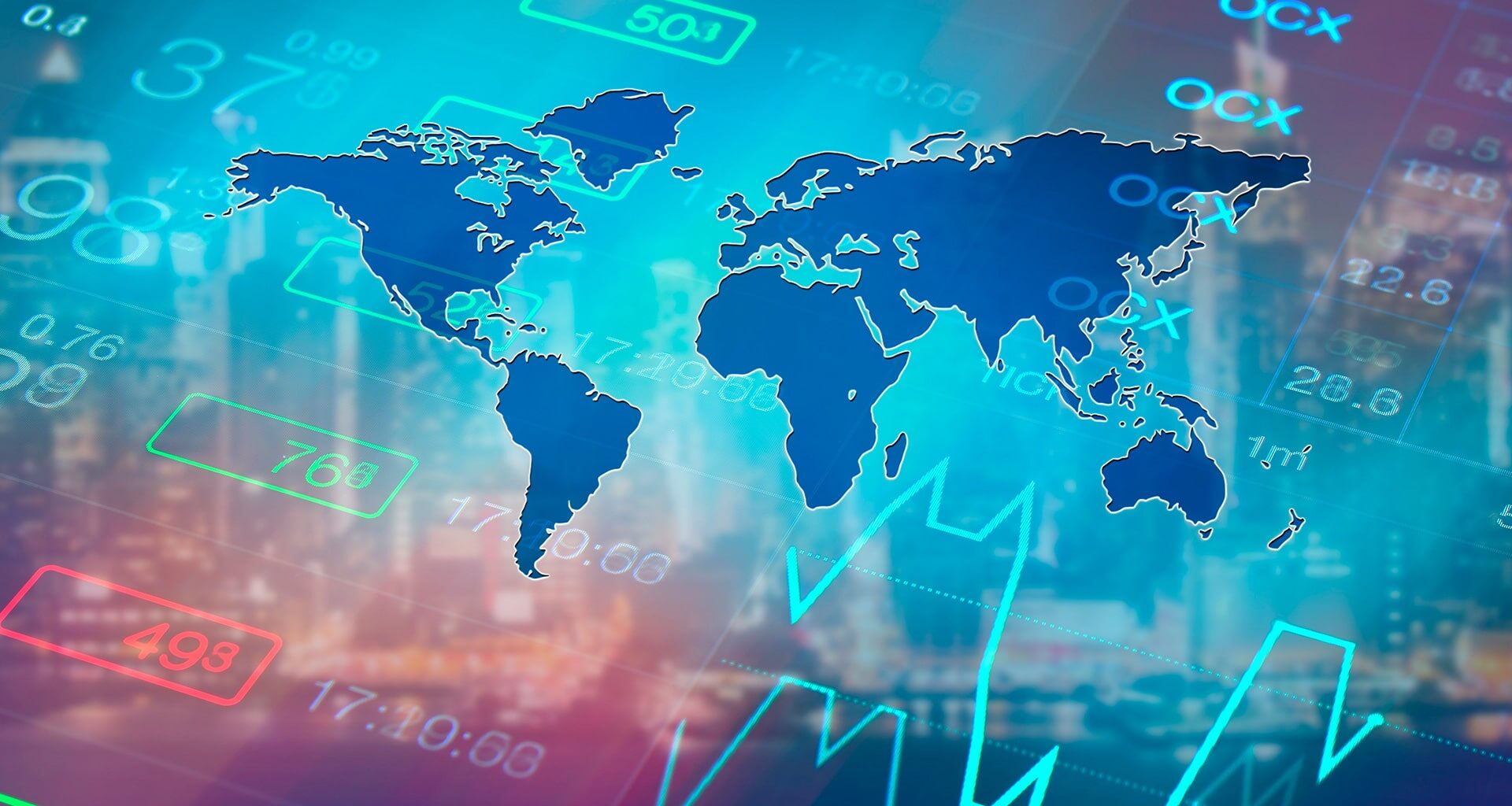A useful way to measure the market’s expectations for inflation is to look at the difference between US Treasury yields (the interest rates the US government must pay on newly issued debt) and inflation-hedged bonds of the same duration. This difference between inflation-linked and non-inflation linked US government bonds tells you what markets have priced in as expected inflation.
These indicators are known as “break-even rates” and after rising to an eight-year high in May (i.e., indicating high inflation expectations), they since have fallen consistently. This indicates that the market does not see inflation continuing to increase along the same steep path we have seen recently, but instead expects to see inflation fall from current levels.
Market volatility, as measured by the VIX Volatility Index, has also continued to fall in the last week. Current levels are the lowest since the start of the pandemic and now comfortably below the long-term average. Again, there is no sign here of an expected wave of inflation and the associated market volatility that would create.
Mr. Market is telling us something, and maybe we should listen.
The global recovery powers ahead
US Consumer confidence jumped to its highest level in 18 months, driven by growing labour market optimism and the continued reopening of the economy. Business investment is also emerging as an important driver of economic growth for the US. Non-residential fixed investment (a proxy for business spending) rose at an annualised rate of +11.7% in Q1 2021, while orders for non-defence capital goods including aircraft (another proxy for business investment) are near multi-year highs. According to FactSet, 103 S&P 500 companies have issued EPS guidance (their expectations for reported profits) in the Q2 2021 period. In 66 cases, this guidance was positive, a major increase over the five-year average (37). This is an important point because increasing corporate profitability means markets still have room to move up from here.
In China, industrial company profits rose +36.4% year-on-year (YoY) in May, with nearly 70% of China’s industrial companies reporting YoY profit increases for the month. The National Bureau of Statistics of China has been comparing economic data against 2019 because they see it as more relevant than 2020, when figures were thrown wildly off-course by the coronavirus pandemic. On that basis, industrial profits were up +44.6% against May 2019.
A number of economic indicators from Europe were released last week: the GFK Consumer Climate Indicator for Germany increased to -0.3 (its strongest level since August 2020 and beating expectations). The Services Confidence indicator in the euro area rose to 17.9 in June (the highest level since August 2007 and above expectations). The Eurozone Economic Sentiment Indicator rose to 117.9 in June (the highest since May 2000, and well above its long-term average and pre-pandemic levels).
Disclaimer: The views expressed in this article are those of the author at the date of publication and not necessarily those of Dominion Capital Strategies Limited or its related companies. The content of this article is not intended as investment advice and will not be updated after publication. Images, video, quotations from literature and any such material which may be subject to copyright is reproduced in whole or in part in this article on the basis of Fair use as applied to news reporting and journalistic comment on events.


